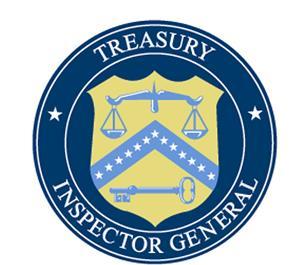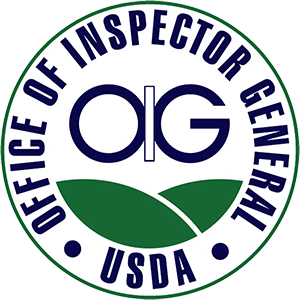Attached is a list of the reviews we plan to begin between April and June 2023.
| Report Date | Agency Reviewed / Investigated | Report Title | Type | Location | |
|---|---|---|---|---|---|
| Social Security Administration | Fiscal Year 2023 3rd Quarter Audit Work Plan | Other | Agency-Wide | View Report | |
| Department of the Treasury | CORONAVIRUS DISEASE 2019 PANDEMIC RELIEF PROGRAMS: Audit of Air Carrier Worker Support Certifications - Wings Air Helicopters, LLC (Redacted) | Audit | Agency-Wide | View Report | |
| Smithsonian Institution | Information Security: Enhancements Needed to Improve | Audit | Agency-Wide | View Report | |
| Smithsonian Institution | Audit of Federal Awards Performed in Accordance with Title 2 U.S. Code of Federal Regulations Part 200 Uniform Administrative Requirements, Cost Principles, and Audit Requirements for Federal Awards | Audit | Agency-Wide | View Report | |
| Defense Intelligence Agency | Evaluation of Analytic Tradecraft Standards, Project 2022-2005 | Inspection / Evaluation | Agency-Wide | View Report | |
| Department of Agriculture | Environmental Quality Incentives Program | Other | Agency-Wide | View Report | |
| Peace Corps | Audit Report on Volunteer Payments and Collections at the End of Service | Audit | Agency-Wide | View Report | |
| Peace Corps | System Peer Review - Peace Corps Office of Inspector General Audit | Other | Agency-Wide | View Report | |
| Corporation for Public Broadcasting | Evaluation of KSHI-FM, Zuni Communications Authority, Compliance with Selected Communications Act, Diversity, and Transparency Requirements, Report No. ECR2305-2306 | Inspection / Evaluation |
|
View Report | |
| Federal Housing Finance Agency | An Overview of the Federal Home Loan Bank System | Other | Agency-Wide | View Report | |









